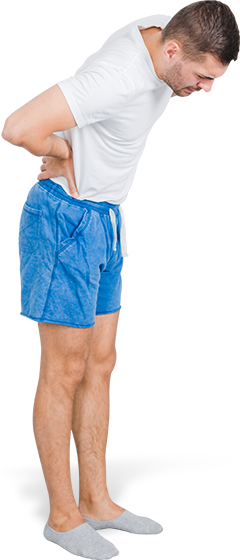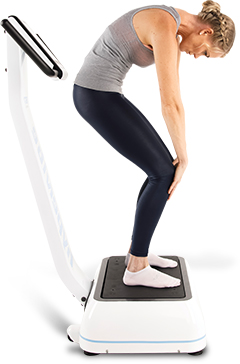While injuries or accidents can cause low back pain, low back pain is also due in part to the aging process and the result of sedentary lifestyles combined with too little exercise. The low back is a complicated structure of bones, joints, ligaments and muscles. You can sprain ligaments, strain muscles, rupture disks, and/or irritate joints, all of which can lead to low back pain. In addition, arthritis, poor posture, obesity, and psychological stress can cause or complicate low back pain.
- Low back pain affects 8 out of 10 people at some point during their lives.
- Adults with low back pain are often in worse physical and mental health than people who do not have low back pain.
- The number of people with low back pain increases with advancing age, starting in school children and peaking in adults of 35 to 55 years of age.
- Low back pain affects 8 out of 10 people at some point during their lives.
- Low back pain is one of the most common reasons for missed work. In fact, low back pain is the second most common reason for visits to the doctor’s office, outnumbered only by upper-respiratory infections.




